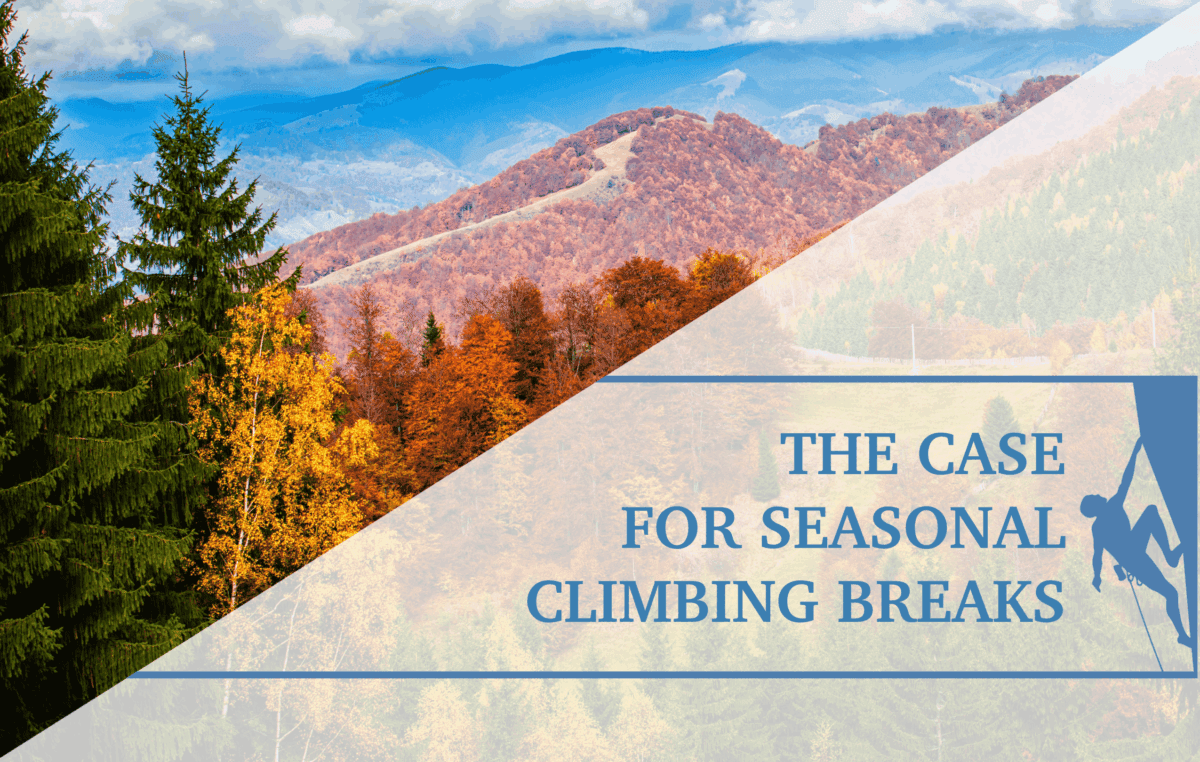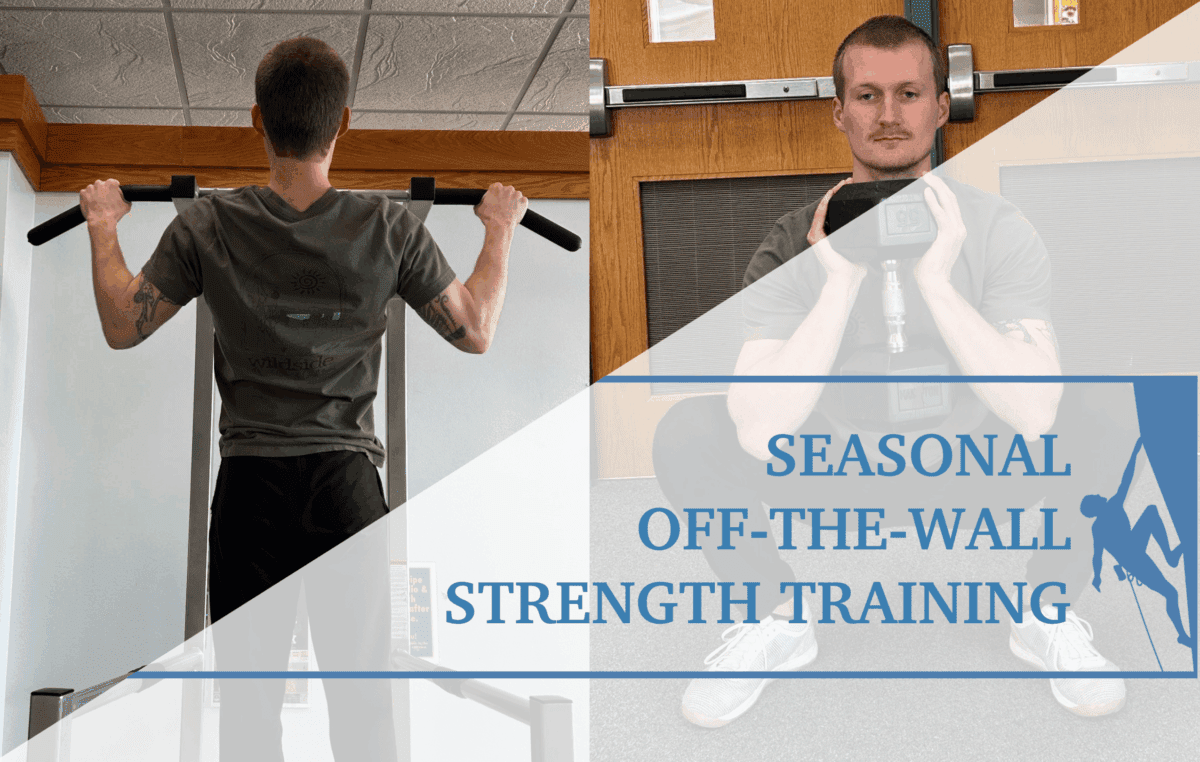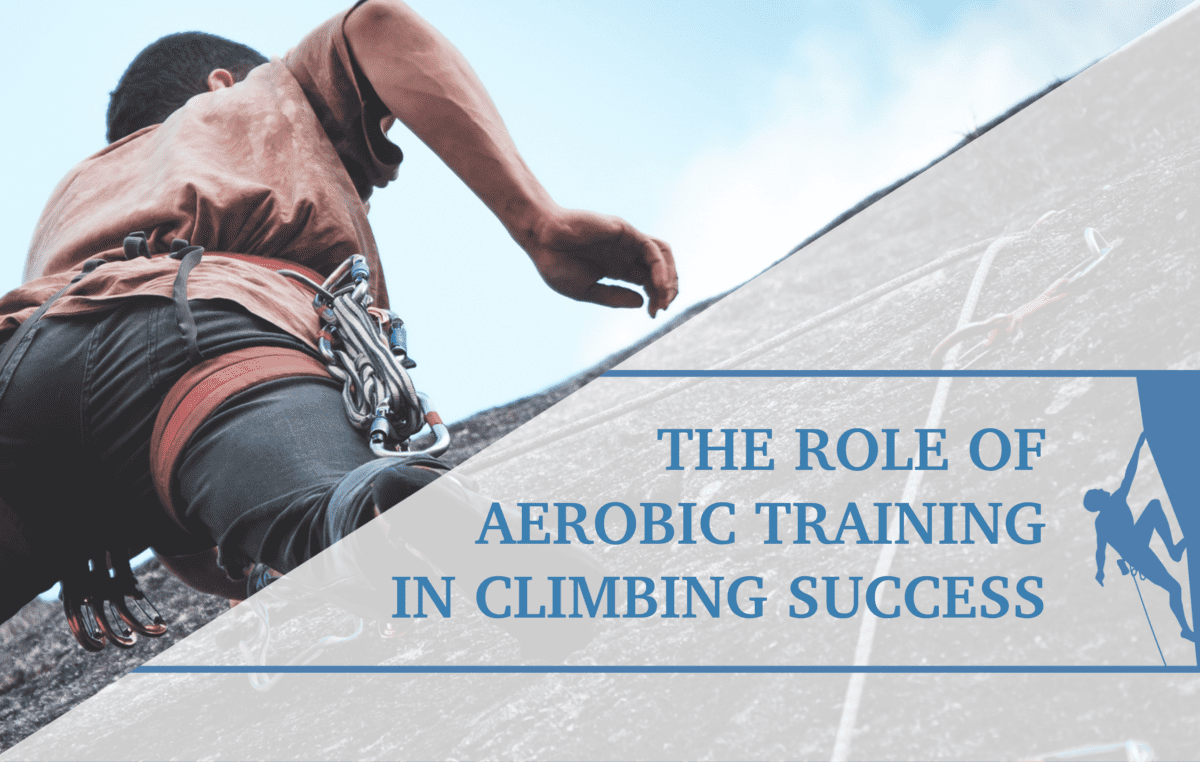Dry Needling’s Role in Climbing Injuries
If you’re similar to most climbers, you have experienced your fair share of injuries, from muscle strains and nagging shoulder aches, to the dreaded finger pulley injury. Your gym friends have likely recommended a host of interventions to enhance your recovery process from taping, static cupping, to specific strengthening and mobility programs. Maybe a friend recommended dry needling that they had received from a physical therapist, and raved about how it targeted their lingering pain from an injury and provided relief. You’re curious if it can be a beneficial adjunct to your recovery process but don’t know what it is or what it’s used for. Well, you came to the right place!
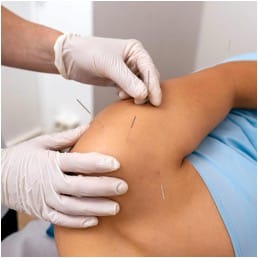
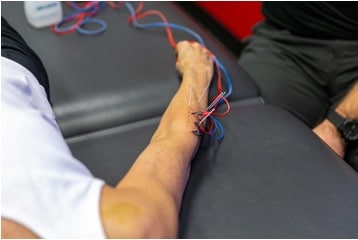
What is it?
Dry needling is a treatment strategy that involves inserting thin monofilament needles into myofascial trigger points to stimulate a local twitch response to reduce pain and muscle tension, and improve motion in the area. Trigger points are hyper-irritable spots in the muscle that can refer pain or cause local tenderness. They are produced in our muscles as a protective response to actual or potential muscle damage, and are thought to occur in response to unaccustomed loading and repetitive low load stress. By inserting needles into these taut bands in the muscle, they force a local contraction, triggering a chemical response that produces a pain-relieving effect. The needles may be manually stimulated (moved up and down or turned in place) and left in for approximately eight to ten minutes, or attached to electrical stimulation to continuously stimulate the muscle. Your physical therapist will decide what form of needling to use based on your condition in order for you to receive the most benefit.
Dry Needling vs. Acupuncture
You may be thinking, but isn’t that the same thing as acupuncture? Not quite. Although dry needling utilizes the same needle as acupuncture, the science behind it is very different. Dry needling is based on Western medicine and research of the musculoskeletal system while acupuncture is based on Chinese/Eastern medicine that focuses on balancing the flow of energy or life force also known as “chi”.
The Research
Dry needling has been shown to decrease sensitization to pain, reduce muscle tone, and increase blood flow and oxygenation to the area. Climbers frequently experience medial tendinosis or tendonitis, which is lingering pain on the inner part (pinky side) of the elbow, from overtraining their wrist flexors by climbing too often or too challenging of routes without adequate rest and recovery. Further, overcompensating due to pain or weakened tendons can lead to imbalances and trigger points, causes increased pain and delayed recovery.
Dry needling can be useful in treating prevalent climbing conditions such as tight musculature, lateral epicondylitis, medial epicondylitis, muscle strains, and other conditions. More recent evidence demonstrates that dry needling may be useful in the management of flexor pulley injuries, particularly when used with diagnostic ultrasound.
However, dry needling alone is not a magical cure that will heal your condition and it must be used as a component of a broader rehabilitation approach. There is low quality to moderate quality evidence suggests that dry needling is more effective than no treatment and other treatments for reducing pain and improving pressure pain threshold in patients presenting with musculoskeletal pain. Thus, addressing mobility and strength deficits as well as motor coordination impairments will always be necessary in optimal recovery!
When should it be avoided?
It should not be used in individuals who have needle phobias, acute medial conditions, if they are unable to give consent, or over an area or limb with lymphedema.
Additional precautions to needling should be considered in individuals with abnormal bleeding tendencies, compromised immune systems, vascular diseases, diabetes, pregnancy, frail patients, patients with epilepsy, and allergies to the needles.
See a Doctor of Physical Therapy
This is an informational article and is not intended as medical advice. Although, dry needling can be a beneficial adjunct to your recovery process, it is not appropriate for everyone or every injury. If you have a climbing injury and would like a professional opinion, discuss with a physical therapist if it can be a useful tool in your rehabilitation.
About the Author
This article was written through a mentorship with Todd Bushman, PT, DPT, CSCS in The Climbing SIG, a rock climbing special interest group for physical therapy students developed by “The Climbing Doctor” also known as Dr. Jared Vagy, PT, DPT, OCS, CSCS.
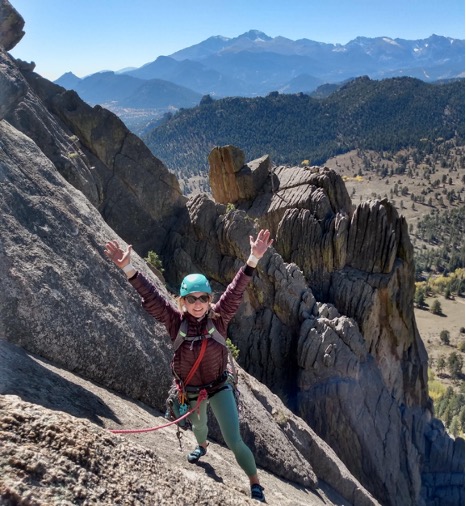
Megan Hutchinson is a third year Doctor of Physical Therapy Student at Western Carolina University in Asheville, North Carolina. Her passions include running, climbing, skiing, and advocating for lifelong participation in physical activity. To contact Megan with any questions or comments, you can email her at meganhutch15@gmail.com
References
- Azizian M, Bagheri H, Olyaei G, Shadmehr A, Okhovatpour MA, Dehghan P, et al. Effects of dry needling on tendon-pulley architecture, pain and hand function in patients with trigger finger: a randomized controlled trial study. J Phys Ther Sci. 2019;31(4):295-8.
- Dommerholt, J., Del Morel, O. and Grobli, C. Trigger point dry needling. The journal of manual and manipulative therapy 2006;14(4), 70-87
- Gattie E, Cleland JA, Snodgrass S. The Effectiveness of Trigger Point Dry Needling for Musculoskeletal Conditions by Physical Therapists: A Systematic Review and Meta-analysis. J Orthop Sports Phys Ther. 2017;47(3):133-149. doi:10.2519/jospt.2017.7096
- Uygur E, Aktaş B, Özkut A, Erinç S, Yilmazoglu EG. Dry needling in lateral epicondylitis: a prospective controlled study. Int Orthop. 2017;41(11):2321-2325. doi:10.1007/s00264-017-3604
- Disclaimer – The content here is designed for information & education purposes only and the content is not intended for medical advice.


